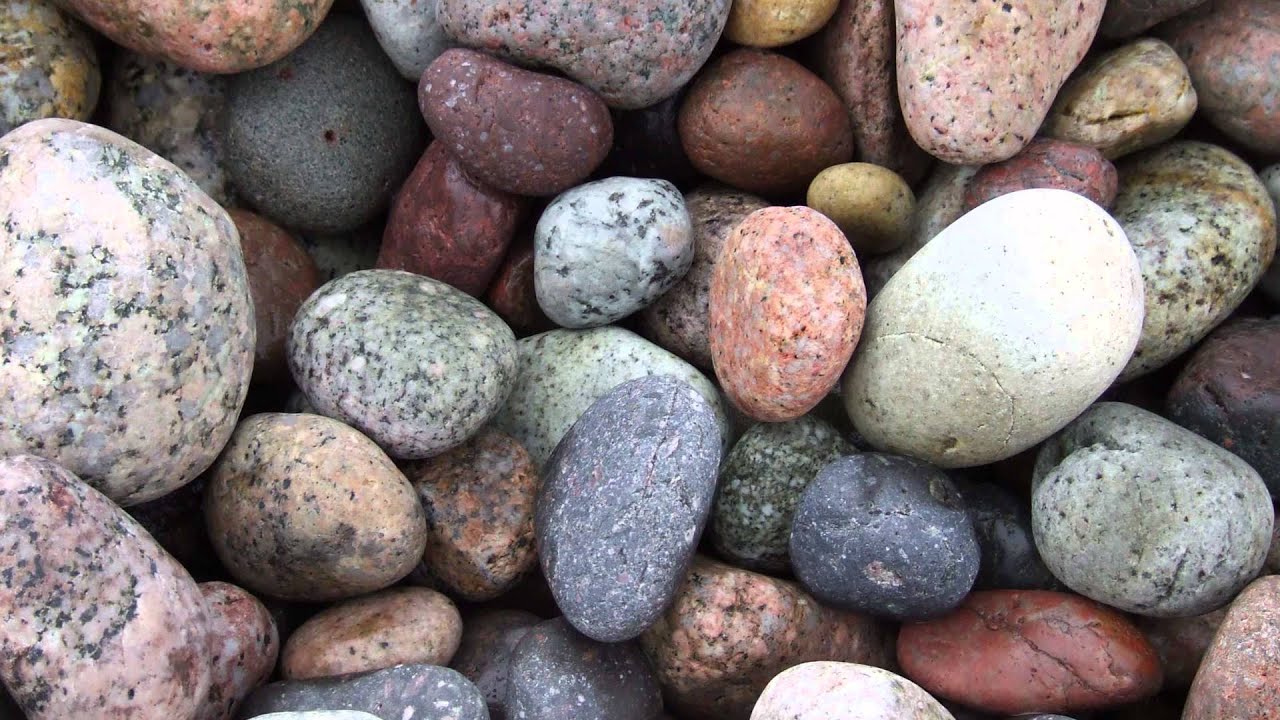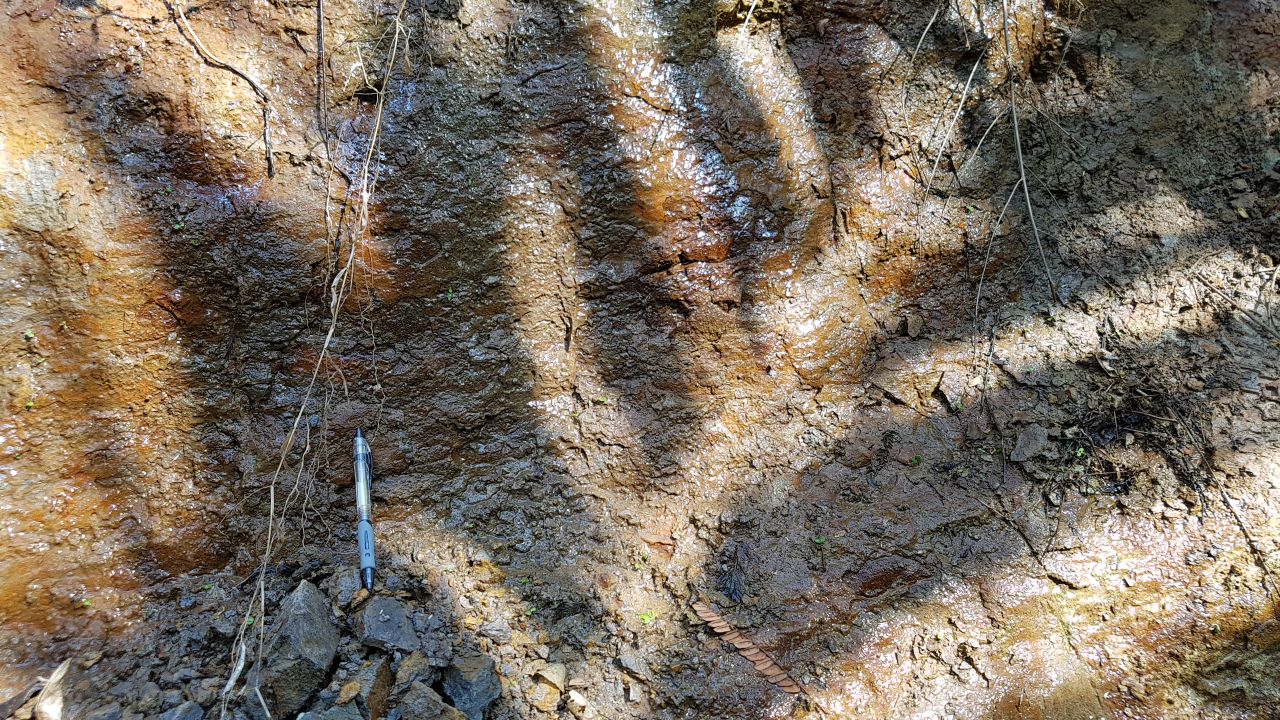Geology, one of the most important sub-branches of earth science, which was established to understand the earth’s crust of the world we live in, lithology or stony science, allows us to better understand the stones and rocks we see around us. Let’s take a closer look at the questions like what is lithology and what does it deal with.
Since its existence, humanity has tried to understand this planet called Earth, and has established many science fields and sub-branches for this purpose. It is one of many sub-branches of geology, that is, earth science, which aims to illuminate what is happening in the earth’s crust by researching it historically and scientifically. lithology or also known as stone science, makes important studies by examining the stones and rocks around us.
Lithology studies are based on examining stones and rocks where they are. By examining the chemical and physical properties of stones, a historical plot is simulated, thus revealing what an ordinary stone actually lived through for millions of years. In this way, even from a simple stone or rock, information that we can get to know our world better is obtained. Bride what is lithology, what does it deal with Let’s take a closer look at the frequently asked questions.
What is lithology, its fields of study and its studies:
What is lithology, what does it mean?
Lithology or stone science in Turkish; stones and rocks found on earth including physical properties It is a branch of science that examines many criteria. In lithology studies, the physical and chemical structures of stones such as color, texture, grain structure and composition are examined. In order to prevent damage to stones and rocks, lithology studies are often carried out without moving the stone and rock in the area.
Lithology studies are different from petrology, which focuses on a single stone or rock. Petrology studies a single stone or rock and ignores its surroundings. Lithology is used to make investigations. chooses a region. All rocks and stones in the selected region are examined in terms of their chemical and physical properties, and the historical process of the region in question is simulated.
Fields of study of lithology: What does lithology deal with?
Lithology, as the Turkish name suggests, deals with stones, rocks and rocks. Over to explore its chemical and physical properties Through the stones, rocks and rocks that were examined, the stages that both the examined object and the region where the object is located during the historical process are determined.
As a result of lithological studies, the naming of stones, rocks and rocks is made on three basic types. An object as a result of investigation called igneous, sedimentary or metamorphic. Other findings are tried to be reached by making class-specific studies on the object, which is determined to belong to which class by basic physical examinations or detailed chemical examinations.
Types of rocks studied by lithology and their properties:
- magmatic
- Sedimentary
- Metamorphic

Magmatic:
The molten material that makes up our Earth’s mantle formed during magma stones, rocks and rocks are called igneous or volcanic. Objects considered in the igneous class are molten rocks containing gases and liquids. They are formed as a result of the loss of gas and cooling of magma in the depths of the earth as a result of volcanic eruptions.
Apart from volcanic eruptions, magma tends to solidify in some deep fissures. the slower These objects of endogenous origin, They are called igneous rocks. In terms of their composition, it is possible to talk about two types of igneous rocks;
- Acidic igneous rocks with a high content of silica and small amounts of quartz, iron and magnesium.
- Basic igneous rocks containing small amounts of silica and high amounts of iron and magnesium but no quartz.
Sedimentary:
Stones, rocks and rocks that are formed as a result of erosion experienced by rocks that are already on the earth’s surface are called sedimentary. Because they are made of materials found on earth are of exogenous origin. Sediments containing calcium, limestone, and minerals are formed from an existing rock as a result of a process called precipitation. So they actually already exist.
Accelerating or slowing down the precipitation process in the formation of sediments water, temperature value, wind and drift are of great importance. Although it may seem simple, this process takes millions of years. As a result of external effects and pressures of the upper layers, sediments accumulate and eventually emerge with a strong tectonic movement. Limestone is one of the best-known sedimentary examples.
Metamorphic:
Metamorphic rocks are both somewhat igneous and somewhat sedimentary, but actually neither. They can occur deep in the earth’s crust or on the surface. There is a formation process like the sediment we know, but they are exposed to much higher pressure and much higher temperature. It is even possible to talk about magma gases in the formation process of the metamorphic rock at a deep point.
To give an example of the metamorphic rock formation process, magma coming into contact with a surface rock possible to say. Another example of the formation of this type, which has variants such as contact metamorphism and dislocation metamorphism, is the pressure to which sediments and igneous rocks are subjected during the movements of tectonic plates. As a result of this pressure, metamorphic rocks emerge.
Some of the detection criteria of lithology:
- particle structure
- mineral structure
- Colour
- surface

Particle structure:
The grain structure of metamorphic and igneous rocks is extremely important because this structure describing the cooling process of the rock is the most important finding. While a rock consisting of large particles is in igneous structure, a rock with small particles is distinguished in terms of formation process, even if it is igneous. A similar situation is encountered in the grain sizes of rocks consisting of a single mineral.
Mineral structure:
The mineral structure of rocks, also called mineralogy, is sometimes structures large enough to be detected using a simple hand lens may appear as The mineral structure directly shows us the stages that the rock went through during the formation process. Different structures such as vascular mineral structure or granular mineral structure also provide an understanding of this process.
Colour:
Lithology can make some basic determinations by looking at even the most basic physical features. The first of these is color. The examining scientist can even look at the color of the stone, rock, or outer shell of the rock. basic classification can do. Of course, the colors of the parts that make up it are also extremely important.
Surface:
The surface structure of a stone, rock or boulder hides the most basic information about its formation process. for example a surface structure, called stratification, It is a typical feature of sedimentary rocks. To give another example, metamorphic rocks often have a fairly flat and linear surface.
Considered as one of the most important sub-disciplines of geology, What is lithology or stone science in Turkish, what does it deal with? We answered the frequently asked questions and talked about the details you need to know about the subject. You can share your thoughts on such extraordinary branches of science in the comments.
